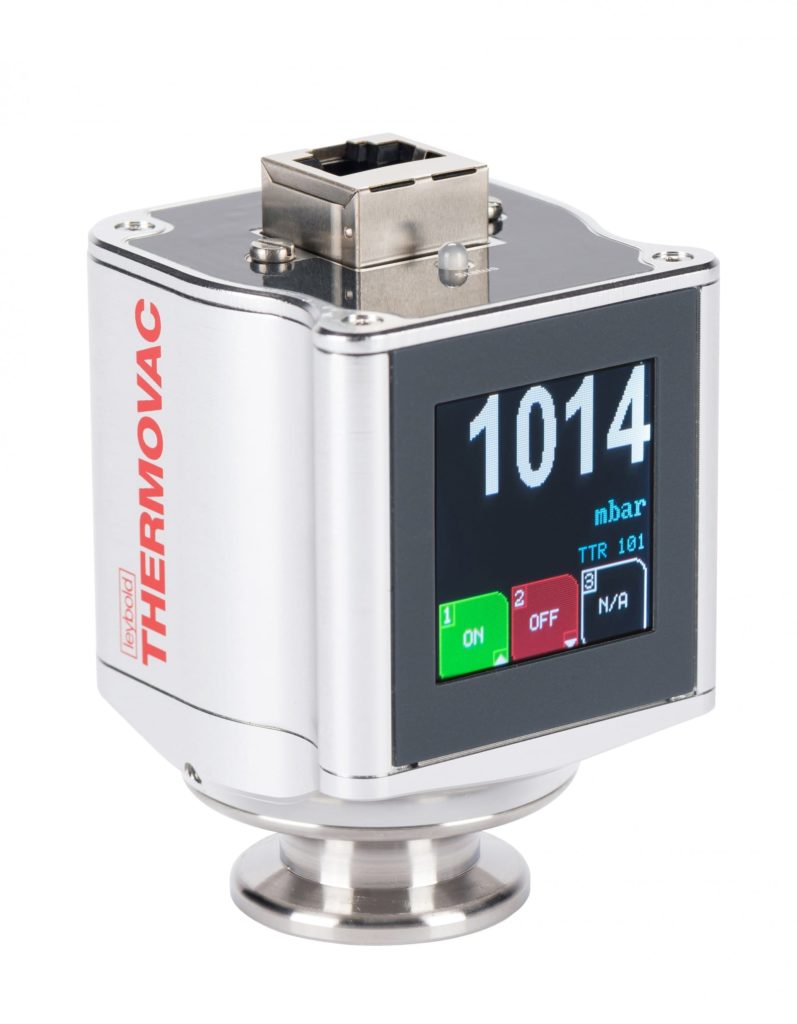Thermal conductivity (Pirani)
The Pirani sensor is probably the most common vacuum sensor available. Partly because it delivers good measurement values in relation to the money invested. The Pirani sensor is counted as a sensor based on indirect pressure measurement. This means that it does not convert the pressure effect into a signal directly but instead uses the calculation of thermal conductivity at different pressures.
You simply measure the change in the form of heat loss over an electrical circuit, hence indirect pressure measurement.
Three factors are crucial to measuring this principle:
- Thermal conductivity of a particular gas
- Thermal radiation between the conductor and the environment
- Thermal conductivity of the conductor connections

Different gases can conduct heat differently, so it is important to keep track of which gases we use, especially if we change the natural levels of our ordinary gases, for example if 99% Argon is used in its application. If so, we need to adjust our sensor to take into account this modification of the natural gas mix (N2, O2, Co2, Ar, He, etc.)
The thermal radiation between the conductor and the environment is almost non-existent in vacuum and normally does not need to be taken into account (similar effect as in a thermos).
The thermal conductivity of the conductor connections, has been taken into account in the manufacture of the sensor, so we can leave that aside as well.
The only thing we need to keep track of as a user of the piran sensor is what gases we use.
Piranin is used in a variety of applications, here are some:
- Automotive industry
- Packaging Industry /
- Foods
- Insulation Vacuum
- Vacuum control (pressure control)
- Evaporation and coating
electron microscopy - Gas analysis and mass spectrometry
- space Simulation
- Application dependent
Below you will find our range of pirani sensors. If you do not find what you are looking for, do not hesitate to contact us for a discussion.
